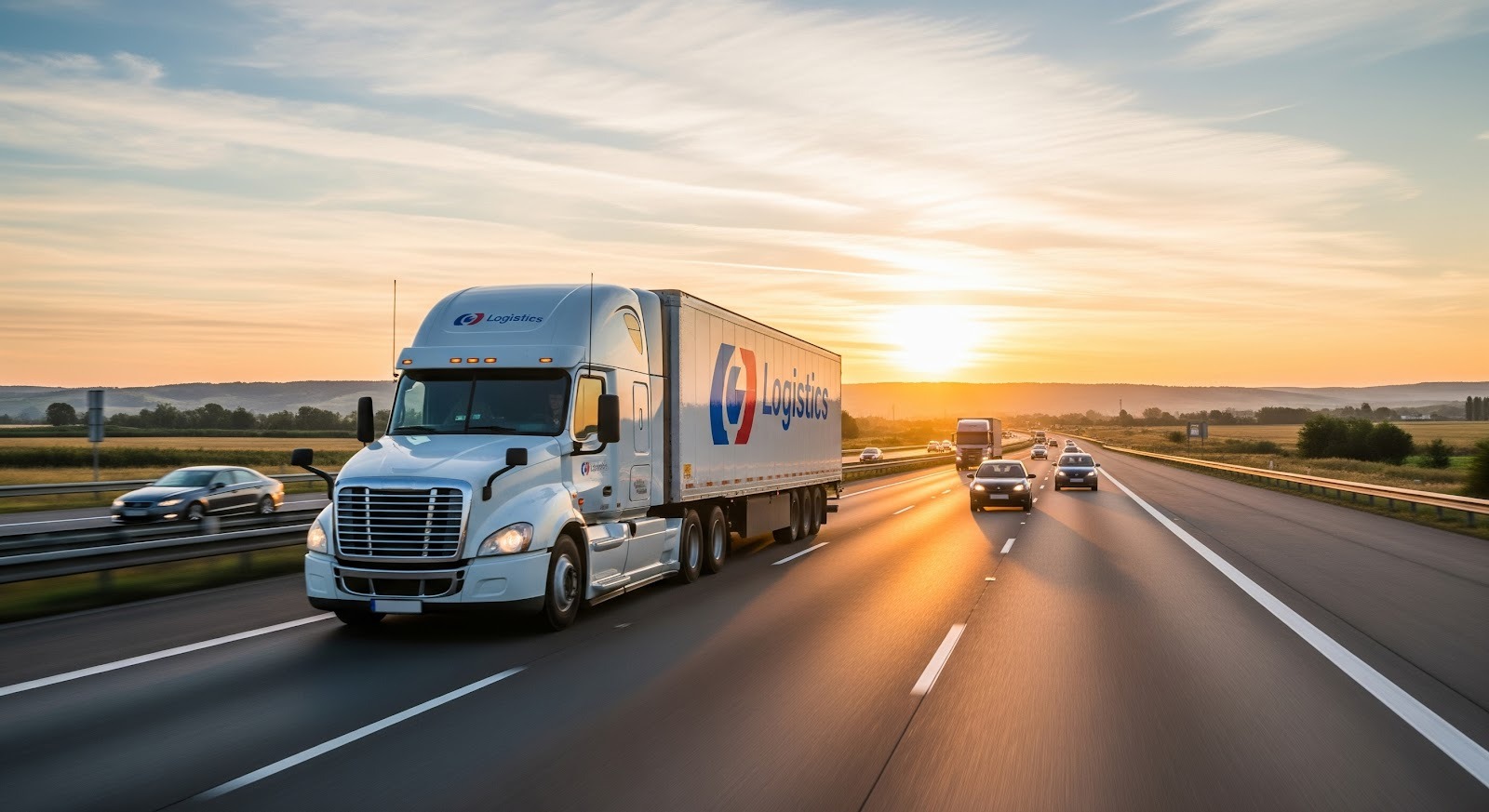Commercial Fleet Management: Strategies, Tools & Tips
Commercial fleet management plays a vital role in keeping businesses running smoothly, especially in industries like transportation, logistics, and...
Keep an eye on the road
Simplify your driver's routine
For efficient decision making
Ensure the compliance of your fleet
Simplify the daily life of your drivers
Maximize the value of your data
Unparalleled monitoring of your assets
The friendly competition that pays off
Planning powered by data
Exceed your customers' expectations
Provide better service to your users
Maximize the satisfaction of your citizens
Simplify your daily life on the construction site
Facilitate the electrification of your fleet
Our experts meet your needs
Easily meet the standards
Improve the safety of your drivers
Protect your data and your fleet

Original article by Sean Killen – Edited by AttriX
Invariably, when discussing telematics with an audience outside the transportation industry, the conversation shifts to GPS and vehicle tracking. The idea of dots on a map is something familiar to everyone.
There is a gradual attempt to explain how telematics is a valuable tool to help effectively manage a commercial fleet and meet industry standards, supporting driver behavior, safety, vehicle maintenance, government compliance, route optimization.
These words are familiar to fleet managers around the world. They make sense to transportation teams when they discuss the operation of their vehicles. For nearly two decades, telematics has grown and evolved to add new technologies around these core functions. The addition of cameras, sensors, and trackers has enhanced this functionality to the point of making it indispensable for managing a fleet at the highest level.
It is with this in mind that AttriX comes into play to help tomorrow’s fleets better understand their fleets to help managers achieve their various goals – all while developing a more detailed and comprehensive view of operations. Through data analysis, companies can not only develop greener fleets, but also coach and motivate their driver teams towards a safer fleet and make fleets more compliant with the ELD mandate – including real-time compliance alerts through the latest solution: AttriX Compliance.
The question now is: What is next? What will drive actual new innovation in an enterprise via the fleet? A video camera, a stronger sensor, embedded hardware? While these may improve the functionality of the fleet itself, they won’t really disrupt how we view things and understand them.
Telematics has reached an inflection point. In order for the fleet to bring more value to the overall organization, we need to start to really understand fleet data and, more importantly, how to share that information beyond the fleet managers in the overall organization. This is where the importance of BigData comes in.

It’s a daunting task – big data can cause more confusion and frustration than any other fleet component. Many times, we notice executives looking to extract more value from their fleet data and the rich data sources available. Often, the amount of data available is such that it becomes overwhelming. Ultimately, it’s about being specific about what you are trying to understand or achieve.
Consider a large fleet of over 5,000 service technicians or delivery drivers. Perhaps an organization would like to understand the quality of the entire driver workforce.
They could begin to measure:
➞ Compliance with safety policies,
➞ Collision records,
➞ Accuracy to planned routes,
➞ Delivery time per stop, and other metrics.
From this data, a company could accurately measure who their best drivers are, who are adequate, and who are deficient and a risk to the overall business from a legal standpoint.
Unfortunately, the next step in this process is where things can break down, but it also offers the biggest opportunity to improve the overall function of an entire organization if the data problem can be solved.
If a company has an accurate, data-driven record of the performance of all of its drivers, who in the company needs this information? And how should it be used? This is the real challenge, as many organizations operate in silos and focus on departmental goals and KPIs.In our example, big data provided very valuable information, which was passed on to the fleet manager.
The role of the fleet manager is to ensure that the vehicles are working and in good condition. Employee performance is not part of their mandate. Who really needs this information and how should it be obtained? Human resources. Seeing this telematics data in the company’s human capital management (HCM) system, which they use every day, will greatly assist them in making important decisions and performing HR-related tasks.

By leveraging its fleet data, the company can now create an accurate record of the best drivers and ensure that they are rewarded and compensated so they don’t leave. It can also create an accurate legal record of drivers who put the company at risk with their behaviour. This can reduce any form of legal liability when they have to terminate a driver for cause.
Executives who are not part of the fleet organization, such as senior managers and vice presidents, are not necessarily going to learn the telematics software in addition to the products they already use. Therefore, shouldn’t executives be able to document and work with this information in the 20 million HCM system they acquired from one of the leading SaaS companies and use every day? While this seems like common sense, to date, this type of data integration is not happening in most companies. Fleet data remains in a silo, mostly unused by the teams that could get real value from it. Think about what could be done by integrating fleet data into the enterprise software stack:
➞ Fleet costing and financial performance into the ERP system for the finance team to benchmark performance against global standards and monitor the progress of cost-saving programs
➞ What impact adding electric vehicles will have on carbon emissions to the CSO
➞ Digital twin location data from the fleet flowing into the supply chain software
➞ Alerts on required components about to fail into the procurement software so they can proactively be ordered
➞ Fraud detection into the expense management software if employees are abusing fuel cards for personal use, etc.
Companies spend literally hundreds of millions of dollars on their internal software platforms. They are the lifeblood of the business. SAP, Oracle, Salesforce, Workday, Google and Microsoft are some of the largest platforms in the world for running global businesses.
The fleet is one of the most conducive places in the supply chain for improvement and innovation. For companies to take the next step in process improvement, the fleet must eventually share information seamlessly so that decision-makers across the organization have access to the data generated by the fleet and can continue to innovate by using it to make key decisions.
On a final note – While the need to use data is becoming obvious and inevitable for fleet decisions – it goes without saying that an amplified data sharing process raises concerns about cybersecurity.
In this sense, AttriX and Geotab put forward their data protection initiatives through multiple tests and certifications.

Commercial fleet management plays a vital role in keeping businesses running smoothly, especially in industries like transportation, logistics, and...

In fleet management, fleet compliance services play a much bigger role than just checking a box. They’re about keeping your drivers safe, your...

Trucking has always come with its fair share of challenges, from road safety and liability issues to managing fleet efficiency. As the industry...